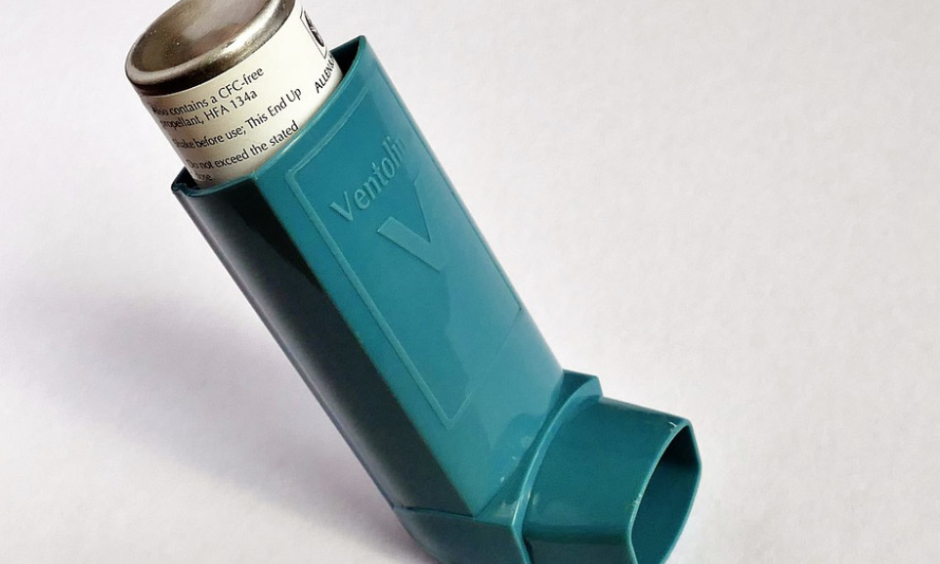PREVENTING childhood asthma is one of the leading goals of respiratory medicine and modifiable risk factors are highly prized. Now, research has revealed a number of risk factors during pregnancy that can lead to the child developing asthma, including the time to conception, previous miscarriages, and the use of fertility treatment.
Previous research has suggested that children born with the aid of assisted reproduction technologies (ART) are more prone to asthma; however, it was unknown if this was as a result of the ART processes or underlying risk factors associated with subfertility. To elucidate this matter, researchers analysed data from Norwegian national health registries (474,402 children) and the Norwegian Mother and Child Cohort Study (75,797 children); the data contained information related to fertility treatment, time to conception, number and timing of previous miscarriages, maternal age, asthma, smoker status during pregnancy, and weight.
With childhood asthma categorised as the use of asthma drugs in the previous 12 months at the age of 7, around 4% of children were shown to have the condition (20,189 in the registries group and 3,229 in the Cohort Study). Children who were born with the help of ART were shown to be at a 42% increased risk of asthma, and those who were spontaneously conceived after >12 months had a 22% increased risk. The number of previous miscarriages was also shown increase the risk of asthma incrementally per incidence, from a 7% increase for one miscarriage to 22% for three or more; however, this was only observed for miscarriage during the first 12 weeks of pregnancy.
These results suggest that poorer fertility alone does not necessarily connote a heightened risk of asthma amongst those children born with the help of fertility treatment and suggest that aspects of the ART procedures themselves, such as drug use and the freezing and thawing of embryos, may affect the development of the embryo.
Additional explanations can be found within the immune system. “We propose that common immunological mechanisms might plausibly underlie the increased risk of asthma we observed both among children of mothers who suffer from subfertility and miscarriages, since immunological mechanisms contribute both to problems conceiving and repeat pregnancy losses,” suggest the researchers.
This research corroborates the results of a body of work surrounding the development of childhood asthma and further study is required to explore the many nuances of these risk factors, including the cause of the findings.








